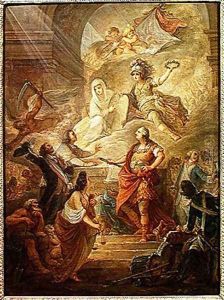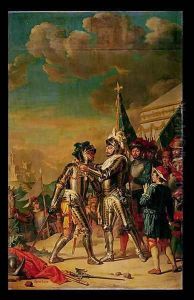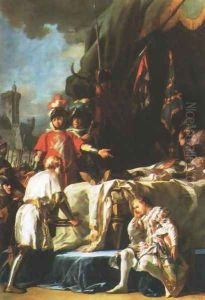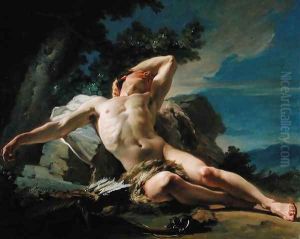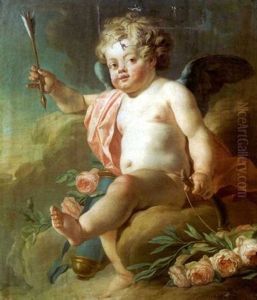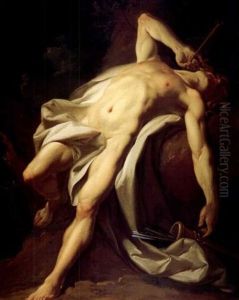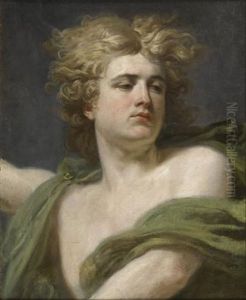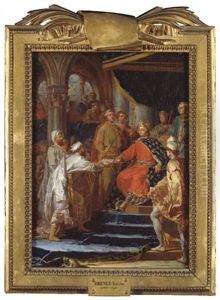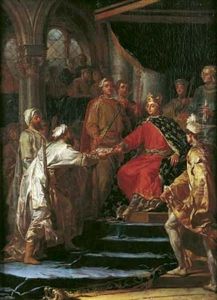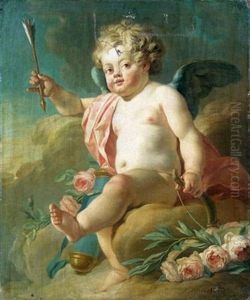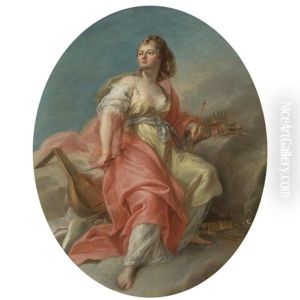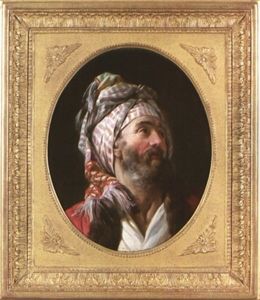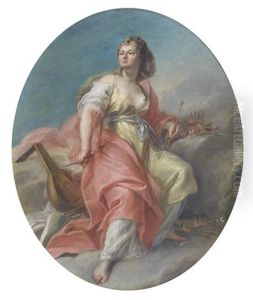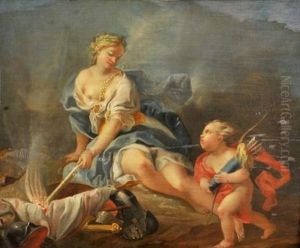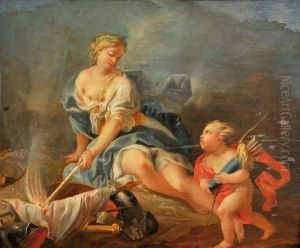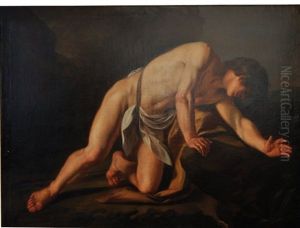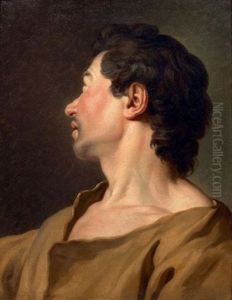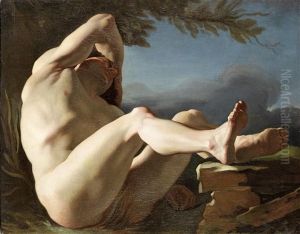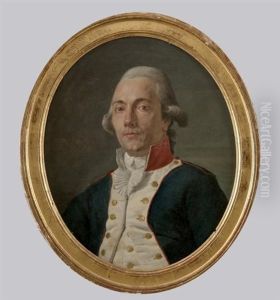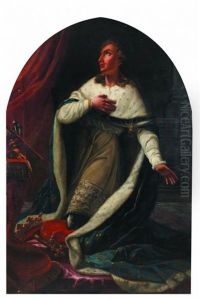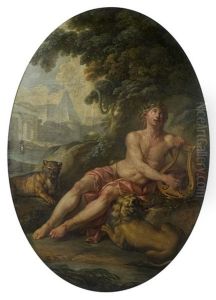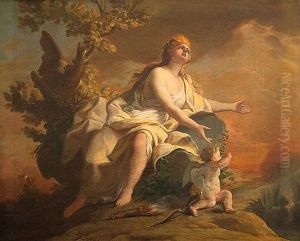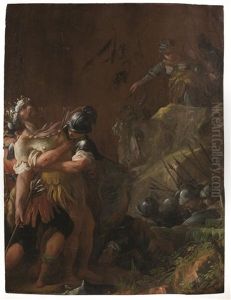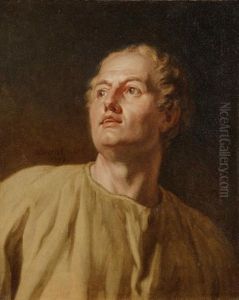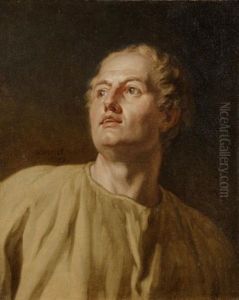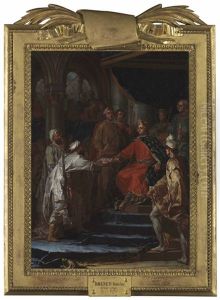Nicolas Guy Brenet Paintings
Nicolas Guy Brenet was a French historical painter born on July 1, 1728, in Paris. He was the son of a master sculptor, which provided him with an artistic environment from an early age. Brenet showed an inclination towards art, and his talent was apparent early on. He was trained by François Boucher and Charles-Joseph Natoire, two prominent French painters of the time. Boucher was known for his Rococo style, which was characterized by its lightness, elegance, and charming decorative quality. Natoire, on the other hand, was a director at the French Academy in Rome and his influence on Brenet was profound, helping to mold his classical style.
Brenet won the prestigious Prix de Rome in 1758 for his painting 'Mucius Scaevola before Porsenna', which allowed him to study at the French Academy in Rome. The Prix de Rome was a scholarship for art students that was established during the reign of Louis XIV. It was a highly sought after prize that provided the opportunity to study in Rome and was instrumental in the careers of many French artists. Brenet's time in Rome was crucial to his artistic development; he was greatly influenced by the works of the Renaissance and the classical antiquity he encountered there.
Throughout his career, Brenet was known for his historical and mythological scenes. He was adept at capturing the drama and emotion of his subjects, often focusing on moments of heroism or martyrdom. Brenet's paintings were characterized by their strong composition, vigorous drawing, and bold use of color. He became a member of the Royal Academy of Painting and Sculpture in 1783 and later a professor there, contributing to the education of the next generation of French artists.
Although he was not as famous as some of his contemporaries, Brenet maintained a successful career and received various commissions for religious and historical paintings. He worked on projects for several important buildings in France, including the Palace of Versailles and the churches of St. Roch and St. Severin in Paris.
Brenet's life and career were ultimately overshadowed by the French Revolution, which brought about dramatic changes in the art world and society at large. The Revolution affected the patronage system that had supported artists like Brenet, and the neoclassical style that would dominate the art scene after the Revolution was in contrast to his own. Nicolas Guy Brenet died on February 21, 1792, in Paris, before the most tumultuous years of the Revolution took hold. His works, however, continue to be recognized for their contribution to the French historical painting tradition.
